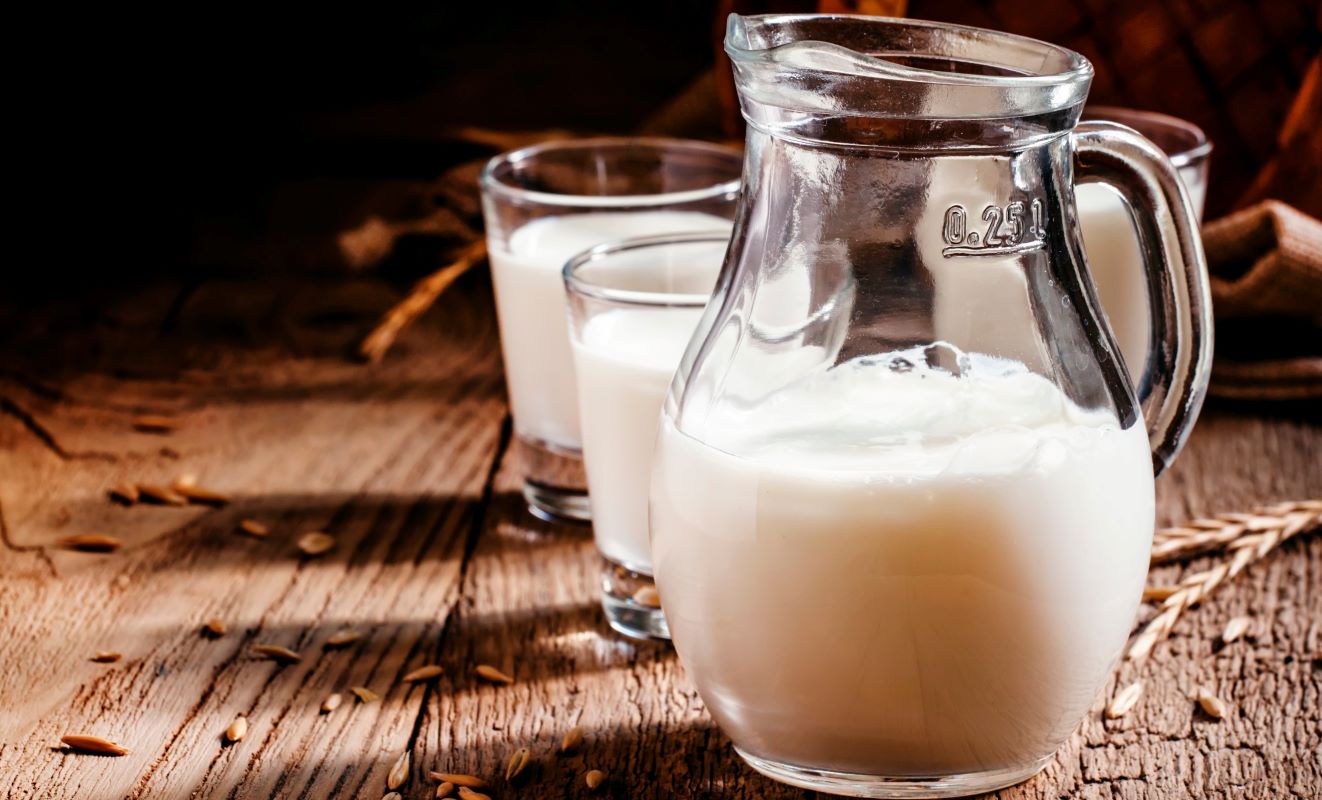
This page contains general information on the risks of unpasteurized (raw) milk consumption, facts and misconceptions on raw milk, and external links for additional information.
What is Raw Milk?
Raw milk is any milk has not been pasteurized. Before most milk in the U.S. began to be pasteurized early in the 20th century, raw milk was a common source of foodborne illness.
What is Pasteurization?
Pasteurization is the process of heating milk to kill disease-causing germs, including harmful bacteria, viruses and parasites. For more information on pasteurization, click here.
What are the risks of consuming Raw Milk?
Raw milk and products made from raw milk, including soft cheese, ice cream and yogurt, can be contaminated with germs that can cause serious illness, hospitalization, or death.
Milk can become contaminated in many ways, including from cows’ excrement or skin, germs in the environment, or if the cow has a disease such as tuberculosis.
Harmful germs that have been linked to raw milk outbreaks include Camplyobacter, E. coli, Salmonella and Listeria. Pasteurization can kill these germs and prevent disease.
People who get ill from raw milk might suffer from diarrhea, stomach cramping and vomiting. Some people might develop severe or even life-threatening diseases, including Guillain Barre’ syndrome which can cause paralysis or hemolytic uremic syndrome which can lead to kidney failure or death.
For more information on the risk associated with consuming raw milk click here.
Who's at risk of getting sick from drinking Raw Milk?
Any person of any age can get sick or even die if they drink raw milk that is contaminated with harmful germs. The risk of getting sick from drinking raw milk is greater for infants and young children, the elderly, pregnant women and people with weakened immune systems, such as people with cancer, an organ transplant, or HIV/AIDS.
People most at risk for severe foodborne illness are adults 65 years and older, children younger than age 5 and people with weakened immune systems. But healthy people of any age can get ill after drinking raw milk that is contaminated. The presence of germs in raw milk is unpredictable and even people that have been drinking raw milk for a long time without getting sick, can get sick if they consume contaminated milk.
For more information on who's at risk, click here.
Is there any benefit to drinking raw milk?
No. There are no health benefits from drinking raw milk that cannot be obtained from drinking pasteurized milk that is free of disease-causing bacteria. Drinking raw milk does not prevent or cure any allerigies or intolerances. Futhermore, the process of pasteurization of milk has never been found to be the cause of chronic diseases, allergies, or developmental or behavioral problems.
For more information on misconceptions and myths about raw milk click here.
How many illnesses and outbreaks are related to Raw Milk?
From 1998 through 2021, 228 outbreaks due to consumption of raw milk or raw milk products were reported to CDC. These resulted in 2,946 illnesses, 287 hospitalizations and 5 deaths. Most of the illnesses were caused by E. coli, Campylobacter, Salmonella or Listeria. In North Dakota, there were two outbreaks totaling 10 illnesses during this same time period.
Aren't raw or natural foods better for you than processed foods?
Many people believe that foods with no or minimal processing are better for their health. However, some types of processing are needed to protect health. For example, consumers process raw meat, poultry, and fish for safety by cooking. Similarly, when milk is pasteurized, it is heated just long enough to kill disease-causing germs. Most nutrients remain after milk is pasteurized. There are many local, small farms that offer pasteurized organic milk and cheese products.
Many people believe that foods with little to no processing are better for their health. However, pasteurization kills disease-causing germs, but the majority of nutrients remain in milk after it is pasteurized. There is no medical or nutritional advantage gained from drinking raw milk, in fact, the opposite is true.
What if the farm has safety practices and healthy animals?
The use of good hygiene practices can reduce risk but does not eliminate the chance of milk contamination. Germs that are harmful to people thrive in the environment of dairy farms. Healthy animals can carry these germs. Even if the farm and barns are kept clean and the farmers are careful when milking, these germs can contaminate raw milk. Methods for collecting milk have improved over the years but cannot be relied on to be sure milk is safe to drink. Raw milk from “certified,” “organic,” or “local” dairies is not guaranteed to be safe. Pasteurization makes milk safe to drink.
Even testing isn’t a guarantee that raw milk is free from harmful germs. While testing one batch of a farm’s raw milk may not yield harmful germs, the next batch may contain harmful germs. Additionally, tests do not always detect low levels of contamination. Germs that may go undetected in raw milk at initial testing can multiply between the time the milk is tested and the time people are drinking it.
The North Dakota Fepartment of Agriculture has developed a guide to help mitigate milk contamination. However, this does not elimiate the risk associated with raw milk.
Are there laws in North Dakota related to the sale of raw milk?
Yes. Recent legislative action has changed the laws regarding the sale of raw milk. A farm can sell raw milk directly to the end consumer. For more information, click here. Raw milk cannot be donated or served at charitable events. The sale or use of raw milk in any licensed food establishment is prohibited by law.
Raw Milk Stories
Listen to people's stories about becoming ill after consuming raw milk. Click herefor more Raw Milk Stories.
